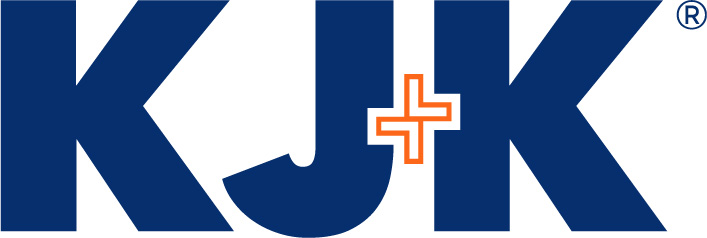[UPDATED 3-19-2020]
Many states, including Ohio, that have seen multiple cases of COVID-19 are taking the aggressive and proactive step of suspending classes. On March 12, 2020, Governor Mike DeWine issued an order closing all K-12 schools, both public and private, for three weeks beginning March 16, 2020, as part of the state’s wider efforts to control the spread of the coronavirus. The suspension was originally slated to end on April 3, 2020, but Governor DeWine has indicated that the suspension could be extended, and acknowledged the possibility that Ohio schools may not reopen this year, depending on the severity of the continuing health emergency.
Educational Impact
As school closures become widespread, it is important to consider the educational cost such closures may have. The CDC, despite calling for extended closures (up to eight weeks) in hard hit areas, acknowledges the potential negative aspects that may result. Specifically, the CDC predicts that “significant impact on academic outcomes will likely occur” and that “losing 2 months of learning is likely to prevent many students from meeting grade level knowledge and skill expectations.” Governor DeWine has encouraged students to remain engaged in their studies and continue learning during the school closures. If they don’t, the CDC worries that extended closures could “jeopardize schools” ability to meet standardized testing requirements.”
Consequently, the Department of Education issued a guidance indicating that although waivers from required testing are not typically granted, they may be considered for areas that are heavily affected by the virus. Texas has already acted on that guidance, doing away with its testing requirements and requesting a waiver from the Department. Only time will tell whether Ohio will follow suit.
School Nutrition Programs
Many Ohio students rely on school-provided lunches to get the nutrition they need. Their continued or increased availability is an important consideration when closing schools on a long-term basis. The National School Lunch Program operates in nearly 100,000 U.S. schools and provides 29.7 million children with free or reduced-cost lunches on a daily basis. In 2018, the program, which is administered by the United States Department of Agriculture’s Food and Nutrition Service, served nearly 5 billion lunches, 75% of which were provided free or at a reduced price. Ohio, itself, has already announced that it will continue to provide breakfast and lunch programs through its schools despite the ongoing closures. This was possible, in part, because the USDA granted Ohio’s waiver requests to forgo interviews normally needed to confirm eligibility and to provide “non-congregate” meals or grab-and-go food options.
Federal Relief – Families First Coronavirus Response Act
Two portions of the Families First Coronavirus Response Act, which has been signed into law by President Trump, directly address the need to provide continued nutritional support to students despite school closings. The measures outlined in the Act would reinforce and potentially expand the steps already taken by the USDA to relax federal nutrition program requirements during the COVID-19 outbreak. First, the “Maintaining Essential Access to Lunch for Students Act” or the “MEALS Act” would make it easier for states and other eligible service providers to obtain waivers for their nutrition programs – particularly with regard to increased program cost. Second, the “COVID–19 Child Nutrition Response Act” would authorize additional “non-congregate feeding,” or grab-and-go nutritional options and relax the current nutritional standards where necessary as a result of the economic or logistical impact of the virus on the program’s supply chain. If the Families First Coronavirus Response Act becomes law, it could make more meals accessible to Ohio students, and make important measures like the school closure more viable and effective.
KJK attorneys will continue to provide updates to this rapidly evolving situation and can answer any questions that you may have.
